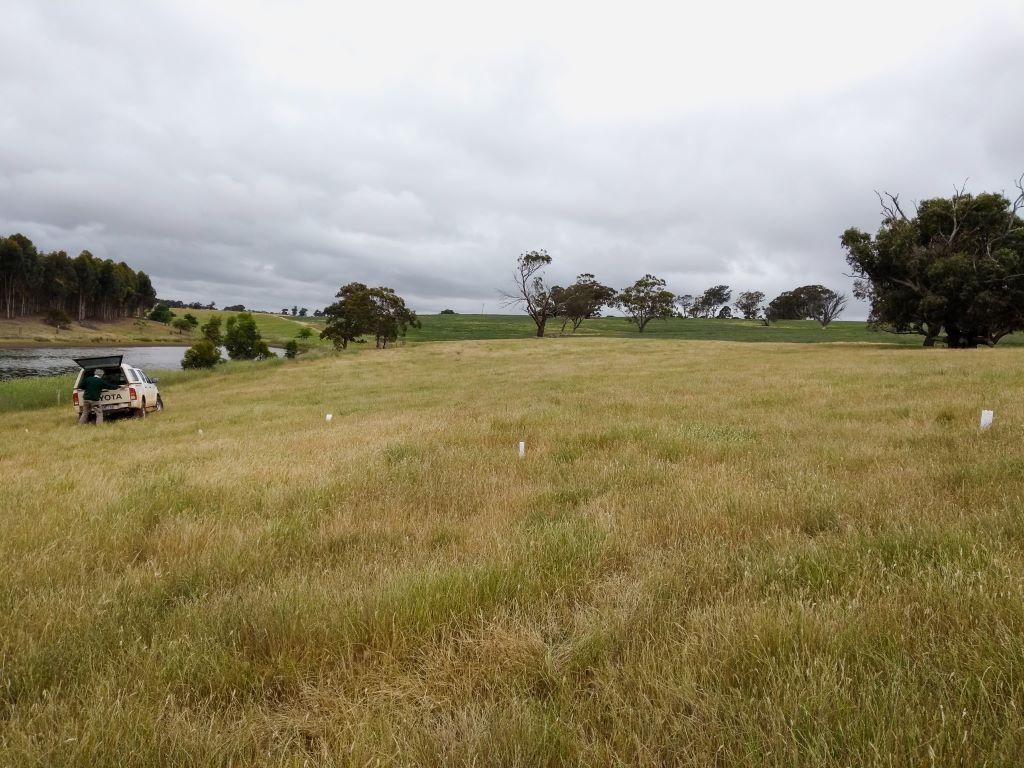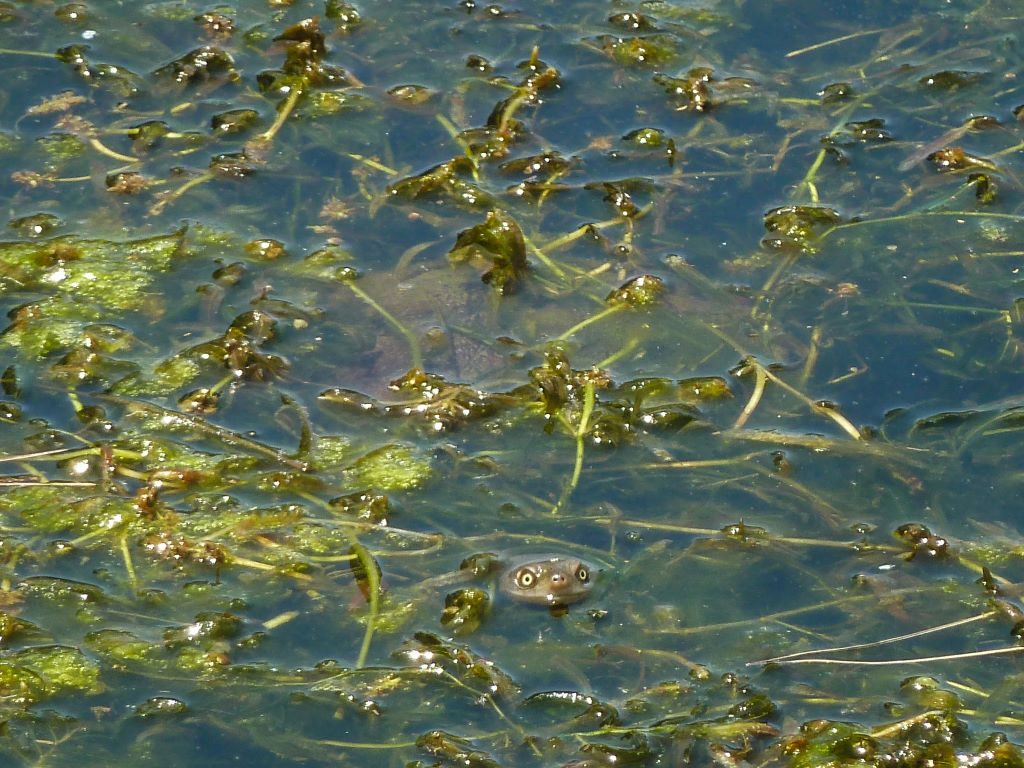Last year I wrote about my efforts to support the wild turtle population on my farm. Like most turtles Australia-wide, this population of Eastern Long-necks has been severely impacted by nest-predation from foxes.
At the time I wrote the article, a nesting season had just passed and three protected nests had successfully born hatchlings. I was anxiously anticipating the next nesting, still with much to learn.
The next season was marked by the heavy rains of late November 2018. Soon after the first rain I spotted a predated nest and immediately started checking the same sites as the previous year. At the most active location, I could see winding turtle tracks in the grass, running back and forth from the edge of the nests. Sometimes tracks disappeared into the Lucerne crop, or curved around when the turtle changed its mind and headed back to safety. Sometimes the track ended with a nest that a fox had already found, or a half-dug hole that wasn’t turning out right and had been abandoned.

To my joy, over two weekends I found 27 intact nests! Whether it was the fox controls we had installed the previous season, or the fact that I was on the ground just in time, this was an amazing result. During this time, I began two habits that I now carry out regularly: I walk and record any new predated nests, and I count the turtle noses per dam to see how populations are moving between locations over the year. I record all this data to inform my future activities. During this season, I also covered over all the nest entrances: half with plastic mesh and half with chicken wire.
Protecting the nests turned out to be for the best, because in early April 2019 I found 10 of the protected nests had been dug up by foxes through the plastic mesh! Some of the mesh had been chewed, but others were neatly excavated through a window with one dainty paw, leaving the mesh intact perfectly. The nests with chicken wire were all untouched, so I resolved to use this material in the future.

This year has been quite dry, and I believe this was a sign of desperation for the foxes. While it was disappointing to lose so many nests, it was valuable learning and showed me the turtles had hatched and were just waiting for the right conditions to emerge.
Where last year we counted 20 hatchlings, this time we counted an impressive 114! All the hatchlings were released immediately to sites we had already prepared with extra habitat, to give them more safety while they stuck to the shallows for a few months.
While the dry year has put extra pressure on adult populations and water quality, there are still a few more months of warm weather and nutritious bug life left to give these hatchlings a head start. I feel confident that some from this batch will make it, and I’ll be looking out for those little noses poking out of the water in future surveys.

Banner image courtesy of Eleanor Lang.


Leave a Reply